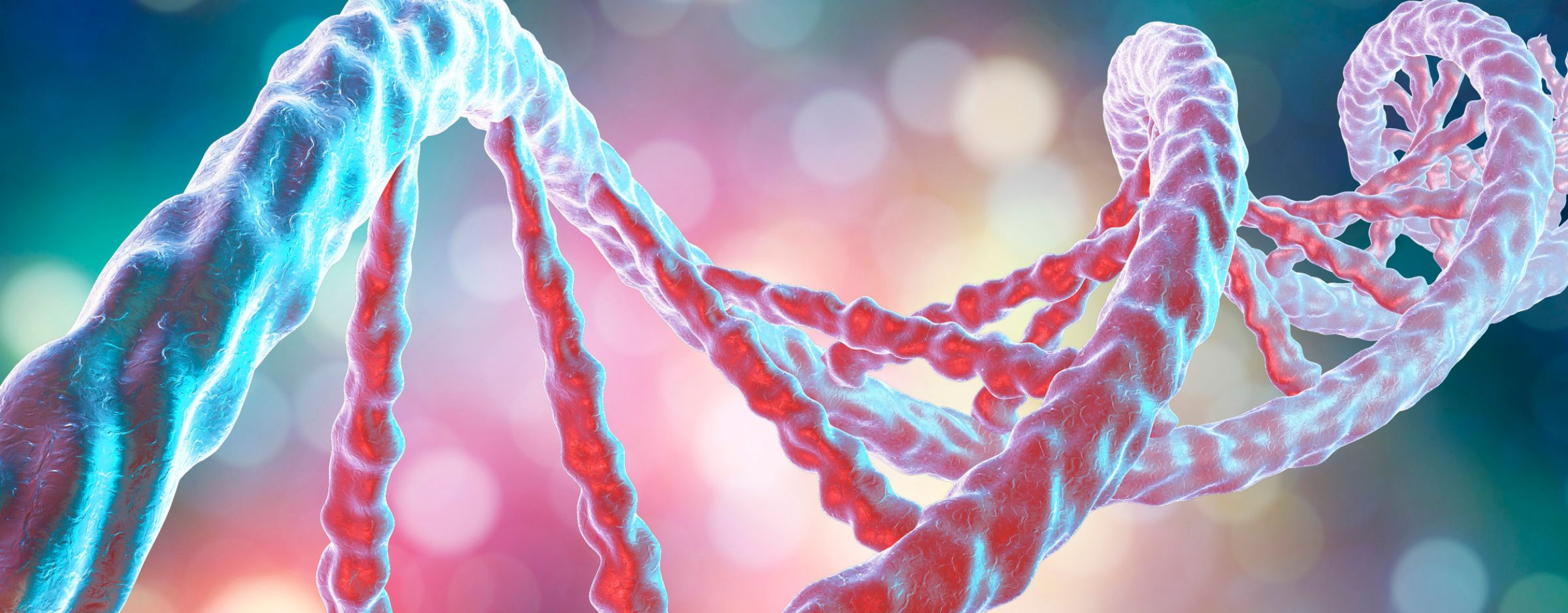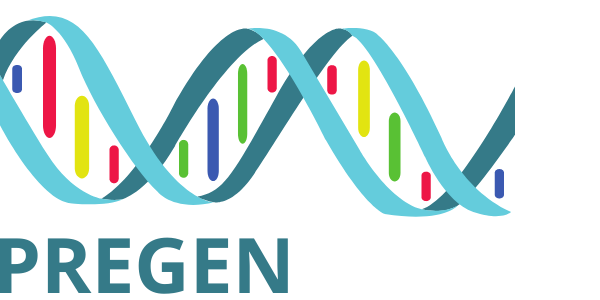Diagnostic Rates

| Phenotypic indication | n= | Diagnostic rate of pWES | Author, Journal, year | Link to publication |
|---|---|---|---|---|
| Nuchal Translucency >3.5mm at 11–14 weeks of gestation | 213 | 1.8% - Isolated NT in first trimester (no other anomalies) 22% - non-isolated increased NT at presentation 32% - initially isolated increased NT with additional abnormalities detected later in pregnancy | Mellis, R., Eberhardt, R. Y., Hamilton, S. J., PAGE Consortium, McMullan, D. J., Kilby, M. D., ... & Chitty, L. S. (2021). Fetal exome sequencing for isolated increased nuchal translucency: Should we be doing it?. BJOG: An International Journal of Obstetrics & Gynaecology. | https://obgyn.onlinelibrary.wiley.com/doi/epdf/10.1111/1471-0528.16869 |
| Non-immune hydrops fetalis (NIHF) (systematic review data) | 306 (meta analysis from 21 studies) | 29% - All NIHF 24% - Isolated NIHF 38% - NIHF associated with additional anomalies eg congenital limb contractures | Mone, F., Eberhardt, R. Y., Hurles, M. E., McMullan, D. J., Maher, E. R., Lord, J., Chitty, L. S., Dempsey, E., Homfray, T., Giordano, J. L., Wapner, R. J., Sun, L., Sparks, T. N., Norton, M. E., & Kilby, M. D. (2021). Fetal hydrops and the Incremental yield of Next generation sequencing over standard prenatal Diagnostic testing (FIND) study: prospective cohort study and meta-analysis. Ultrasound in obstetrics & gynecology : the official journal of the International Society of Ultrasound in Obstetrics and Gynecology, 10.1002/uog.23652. Advance online publication. https://doi.org/10.1002/uog.23652 Also considers cohort data | https://obgyn.onlinelibrary.wiley.com/doi/epdf/10.1002/uog.23652 |
| Congenital heart disease (CHD) (systematic review data) | 636 (meta analysis from 18 studies) | 21% - All CHD 11% - Isolated CHD 37% - CHD associated with extracardiac anomaly (eg genitourinary) | Mone, F., Eberhardt, R. Y., Morris, R. K., Hurles, M. E., McMullan, D. J., Maher, E. R., ... & Chung, B. H. Y. (2021). Congenital heart disease and the Diagnostic yield with Exome sequencing (CODE) study: prospective cohort study and systematic review. Ultrasound in Obstetrics & Gynecology, 57(1), 43-51. Also considers cohort data | https://obgyn.onlinelibrary.wiley.com/doi/epdf/10.1002/uog.22072 |
| Non-immune hydrops fetalis (NIHF) | 127 | 29% | Sparks, T. N., Lianoglou, B. R., Adami, R. R., Pluym, I. D., Holliman, K., Duffy, J., Downum, S. L., Patel, S., Faubel, A., Boe, N. M., Field, N. T., Murphy, A., Laurent, L. C., Jolley, J., Uy, C., Slavotinek, A. M., Devine, P., Hodoglugil, U., Van Ziffle, J., Sanders, S. J., … University of California, San Francisco Center for Maternal–Fetal Precision Medicine (2020). Exome Sequencing for Prenatal Diagnosis in Nonimmune Hydrops Fetalis. The New England journal of medicine, 383(18), 1746–1756. https://doi.org/10.1056/NEJMoa2023643 | https://pubmed.ncbi.nlm.nih.gov/33027564/ |
| Fetal structural anomalies (FSA) | 610 | 8.5% - FSA – all types 15.4% - Multiple FSA 11% - Cardiac 15% - Skeletal 3% - Isolated NT >4mm | Lord, J., McMullan, D. J., Eberhardt, R. Y., Rinck, G., Hamilton, S. J., Quinlan-Jones, E., Prigmore, E., Keelagher, R., Best, S. K., Carey, G. K., Mellis, R., Robart, S., Berry, I. R., Chandler, K. E., Cilliers, D., Cresswell, L., Edwards, S. L., Gardiner, C., Henderson, A., Holden, S. T., … Prenatal Assessment of Genomes and Exomes Consortium (2019). Prenatal exome sequencing analysis in fetal structural anomalies detected by ultrasonography (PAGE): a cohort study. Lancet (London, England), 393(10173), 747–757. https://doi.org/10.1016/S0140-6736(18)31940-8 | https://pubmed.ncbi.nlm.nih.gov/30712880/ |
| Fetal structural anomalies (FSA) | 234 | 10% - FSA – all types 19% - Multiple FSA 5% - Cardiac 24% - Skeletal 12% - NT >4mm (not isolated) 24% - Lymphatic or effusion 16% - Renal 22% - CNS | Petrovski, S., Aggarwal, V., Giordano, J. L., Stosic, M., Wou, K., Bier, L., Spiegel, E., Brennan, K., Stong, N., Jobanputra, V., Ren, Z., Zhu, X., Mebane, C., Nahum, O., Wang, Q., Kamalakaran, S., Malone, C., Anyane-Yeboa, K., Miller, R., Levy, B., … Wapner, R. J. (2019). Whole-exome sequencing in the evaluation of fetal structural anomalies: a prospective cohort study. Lancet (London, England), 393(10173), 758–767. https://doi.org/10.1016/S0140-6736(18)32042-7 | https://pubmed.ncbi.nlm.nih.gov/30712878/ |
| Fetal Structural Anomalies (systematic review of 34 studies - divided into two groups) | 1840 (Meta analysis of 18 studies) 1421 (Meta analysis of 17 studies) | 19% - Any structural anomaly, either associated or isolated 15% - Specific single class anomalies | Guadagnolo, D., Mastromoro, G., Di Palma, F., Pizzuti, A., & Marchionni, E. (2021). Prenatal Exome Sequencing: Background, Current Practice and Future Perspectives-A Systematic Review. Diagnostics (Basel, Switzerland), 11(2), 224. https://doi.org/10.3390/diagnostics11020224 | https://www.ncbi.nlm.nih.gov/pmc/articles/PMC7913004/ |
| Non-hydropic pleural effusions | 62 (54 isolated and 8 with additional anomalies) | 13% (for unilateral isolated) | Wellesley, D., & Howe, D. T. (2018). Diagnosis and outcome in nonhydropic fetal pleural effusions. Prenatal diagnosis, 38(11), 866-869. | https://obgyn.onlinelibrary.wiley.com/doi/10.1002/pd.5343 |
| Recurrent fetal structural anomalies (similar anomalies in consecutive pregnancies) (Systematic Review of 9 studies) | 140 | 40% | Pauta, M., Martinez-Portilla, R. J., & Borrell, A. (2021). Prenatal Exome Sequencing in Recurrent Fetal Structural Anomalies: Systematic Review and Meta-Analysis. Journal of clinical medicine, 10(20), 4739. https://doi.org/10.3390/jcm10204739 | https://pubmed.ncbi.nlm.nih.gov/34682862/ |
| Multisystem fetal structural anomalies (systematic review of 17 studies) | 694 | 33% | Pauta, M., Martinez‐Portilla, R. J., & Borrell, A. (2022). Diagnostic yield of exome sequencing in fetuses with multisystem malformations: systematic review and meta‐analysis. Ultrasound in Obstetrics & Gynecology. | https://obgyn.onlinelibrary.wiley.com/doi/abs/10.1002/uog.24862 |
| Fetal anomalies | 500 | All - 38% Skeletal – 52% Complex (2+ FSAs) – 44% Urogenital – 44% Brain – 43% NT >3mm – 33% IUGR – 26% Cardiac – 24% Eye – 20% Arthrogryposis - 20% Internal organs – 19% Other – 29% | Gabriel, H., Korinth, D., Ritthaler, M., Schulte, B., Battke, F., von Kaisenberg, C., ... & Biskup, S. (2021). Trio exome sequencing is highly relevant in prenatal diagnostics. Prenatal diagnosis. | https://obgyn.onlinelibrary.wiley.com/doi/full/10.1002/pd.6081 |
| Overview of issues arising from the use of Prenatal WES (quotes figures from Pitrovski and Lord studies outlined above) | Mone F, McMullan DJ, Williams D, Chitty LS, Maher ER, Kilby MD; Fetal Genomics SteeringGroup of the British Society for Genetic Medicine; on behalf of the Royal College of Obstetricians and Gynaecologists.Evidence to Support the Clinical Utility of Prenatal Exome Sequencing in Evaluation of the Fetus with CongenitalAnomalies. Scientific Impact Paper No. 64. BJOG 2021;128:e39–e50. | https://pubmed.ncbi.nlm.nih.gov/33590639/ | ||
| CNS anomalies | 268 | 7% (for single isolated CNS) 19% multiple CNS anomalies 16.7% CNS anomalies plus other anomaly 30% isolated agenesis of Corpus Collosum (n=10) | Baptiste, C., Mellis, R., Aggarwal, V., Lord, J., Eberhardt, R., Kilby, M. D., ... & Chitty, L. (2022). Fetal central nervous system anomalies: When should we offer exome sequencing?. Prenatal Diagnosis, 42(6), 736-743. | https://obgyn.onlinelibrary.wiley.com/doi/full/10.1002/pd.6145 |
| Corpus Collosum anomalies | 50 | 34% - All collosal anomalies | Lei, T. Y., She, Q., Fu, F., Zhen, L., Li, R., Yu, Q. X., ... & Liao, C. (2022). Prenatal exome sequencing in fetuses with callosal anomalies. Prenatal Diagnosis. | https://obgyn.onlinelibrary.wiley.com/doi/full/10.1002/pd.6107 |
| Fetal Structural anomalies | 4350 (Meta analysis of 66 studies) | 31% - FSA - all types 53% - Skeletal 37% Nueromuscular/ Fetal akinesia 29% Multisystem 22% hydrops/oedema 17% CNS 4% IUGR 2% Isolated increased NT | Mellis, R., Oprych, K., Scotchman, E., Hill, M., & Chitty, L. S. (2022). Diagnostic yield of exome sequencing for prenatal diagnosis of fetal structural anomalies: a systematic review and meta‐analysis. Prenatal Diagnosis. | https://obgyn.onlinelibrary.wiley.com/doi/full/10.1002/pd.6115 |
